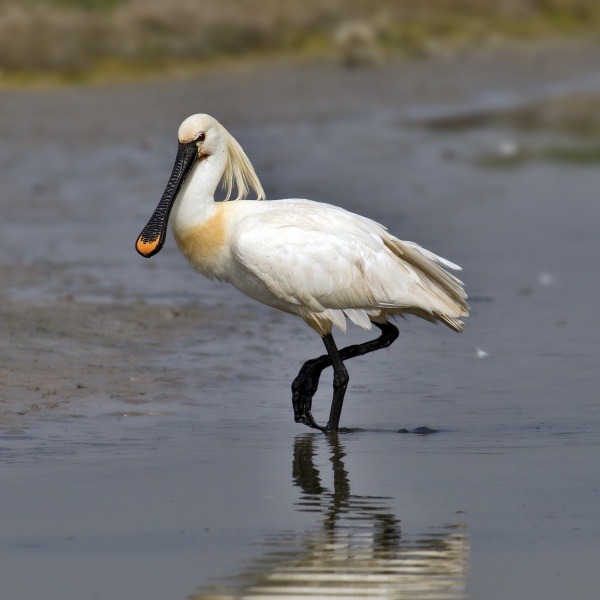Facts About Eurasian spoonbill
The Eurasian spoonbill, also known as the common spoonbill, is an intriguing wading bird that belongs to the ibis and spoonbill family, Threskiornithidae. Its scientific name, Platalea, is derived from Latin, meaning "broad" which aptly describes its distinctive spoon-shaped bill.
This bird has three subspecies and is found across a vast range, from the United Kingdom and Spain to Japan and North Africa. Eurasian spoonbills thrive in shallow wetlands and often migrate to tropical regions during the winter months.
Regarding their breeding behavior, some Eurasian spoonbills are fully migratory, while others are sedentary or migrate only partially. They typically breed in colonies, either exclusively with their own species or alongside other waterbirds. Their diet is quite diverse, including aquatic insects, mollusks, crustaceans, fish, and other small prey.
Unfortunately, Eurasian spoonbills face several threats, such as habitat destruction, pollution, overfishing, and human disturbance. Thankfully, conservation efforts are underway to protect these elegant birds. International expert groups have been formed, and action plans have been adopted to aid in their conservation. These efforts appear to be successful, as there are signs of recovery. Notably, there have been breeding attempts in regions like the United Kingdom, where Eurasian spoonbills had previously disappeared.

 Germany
Germany